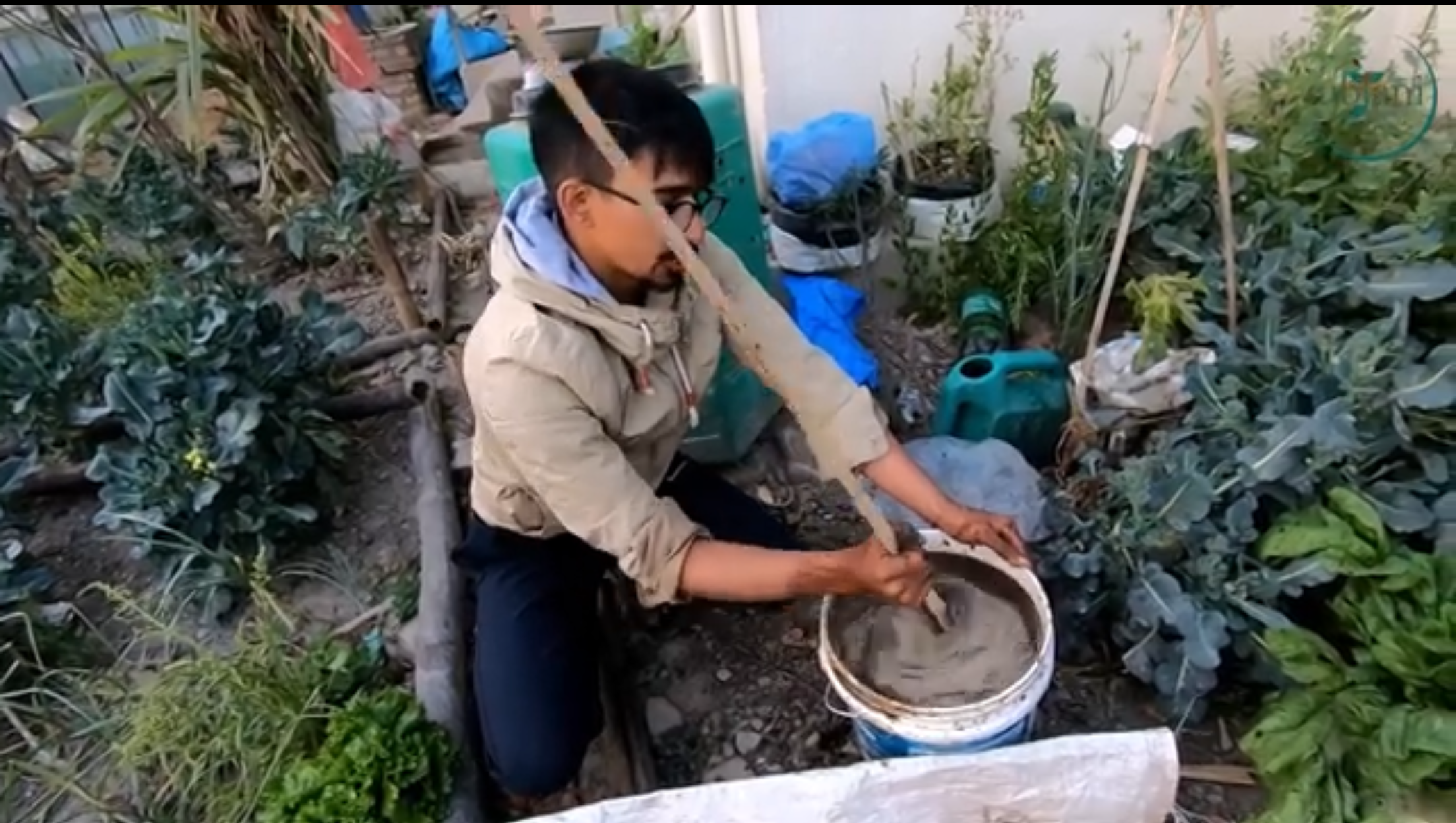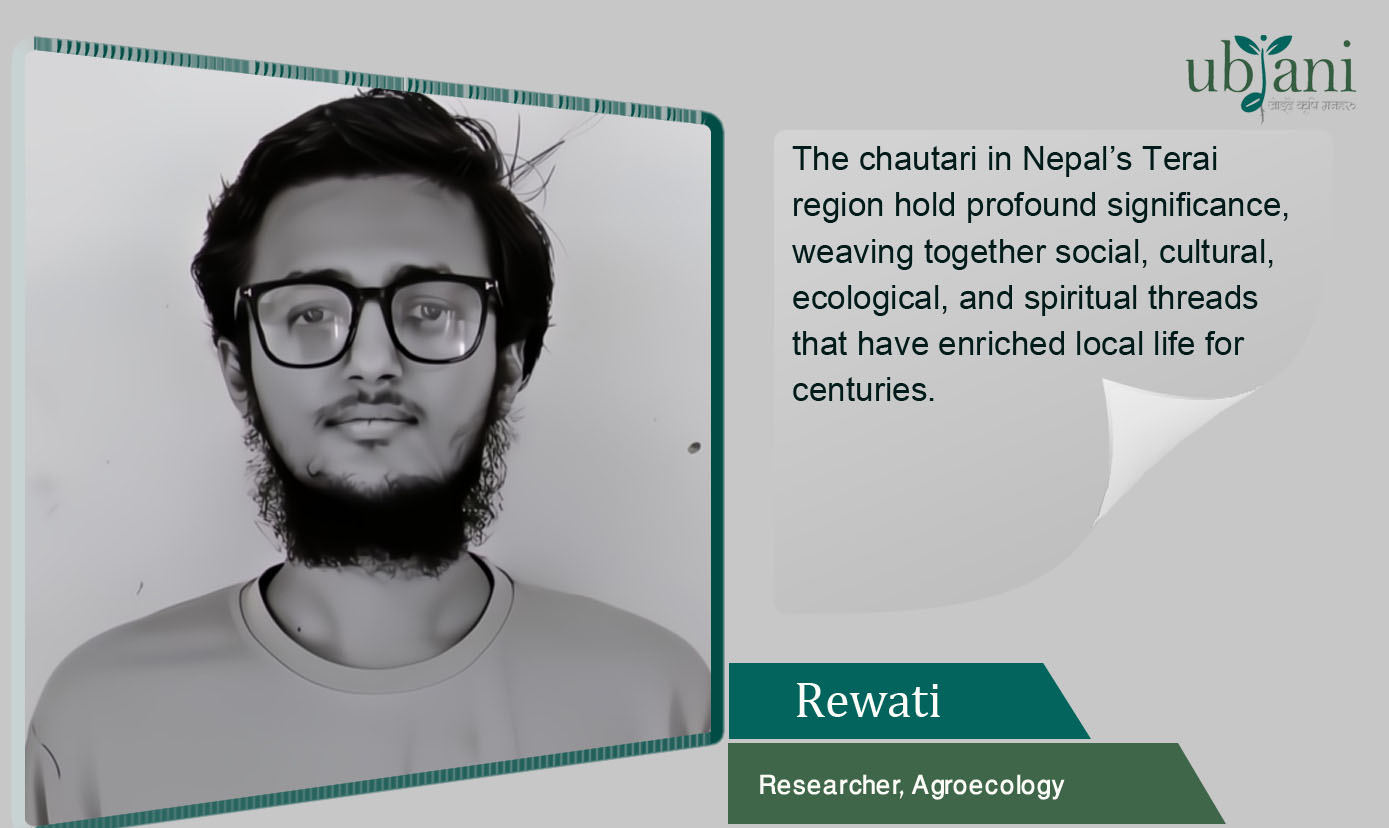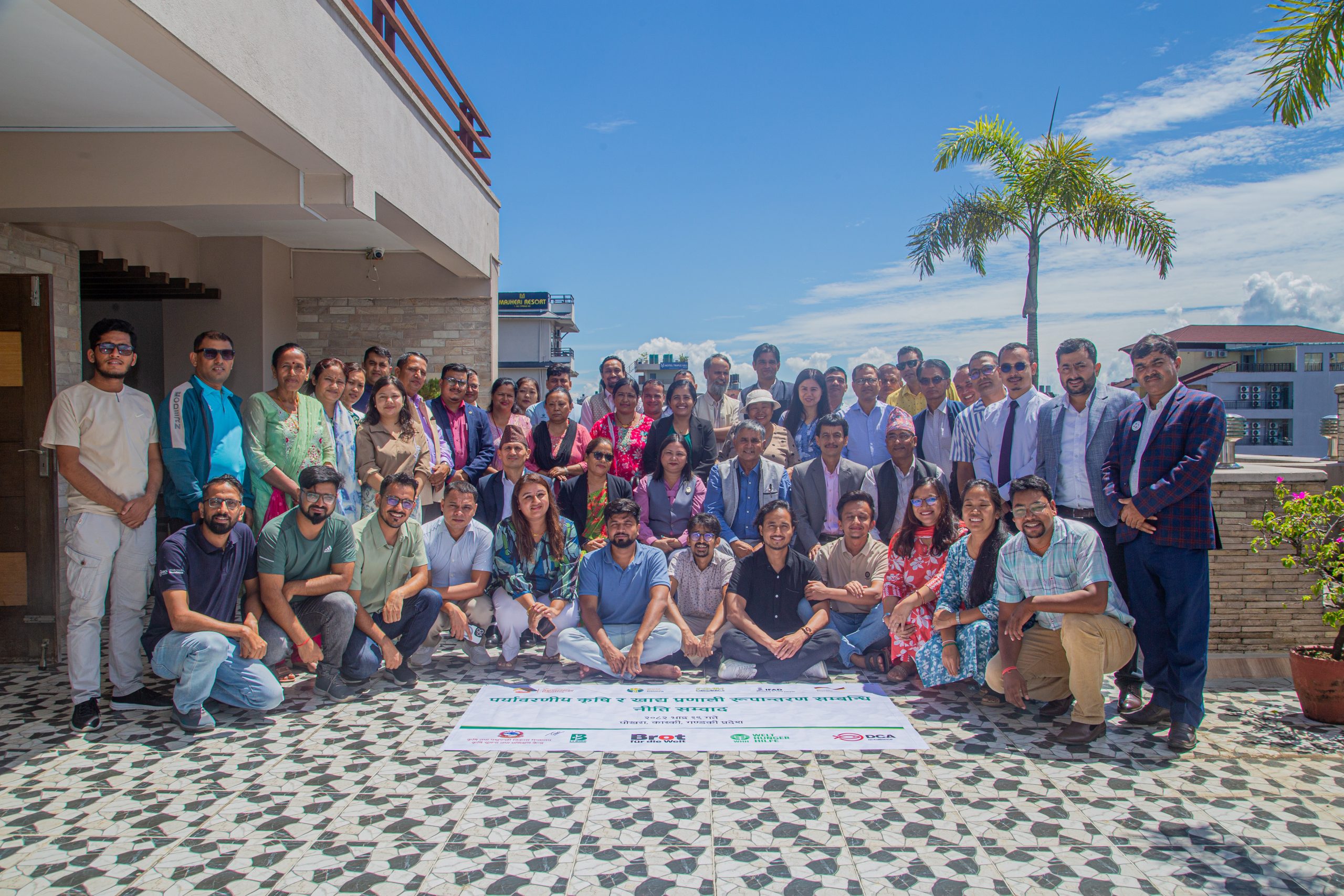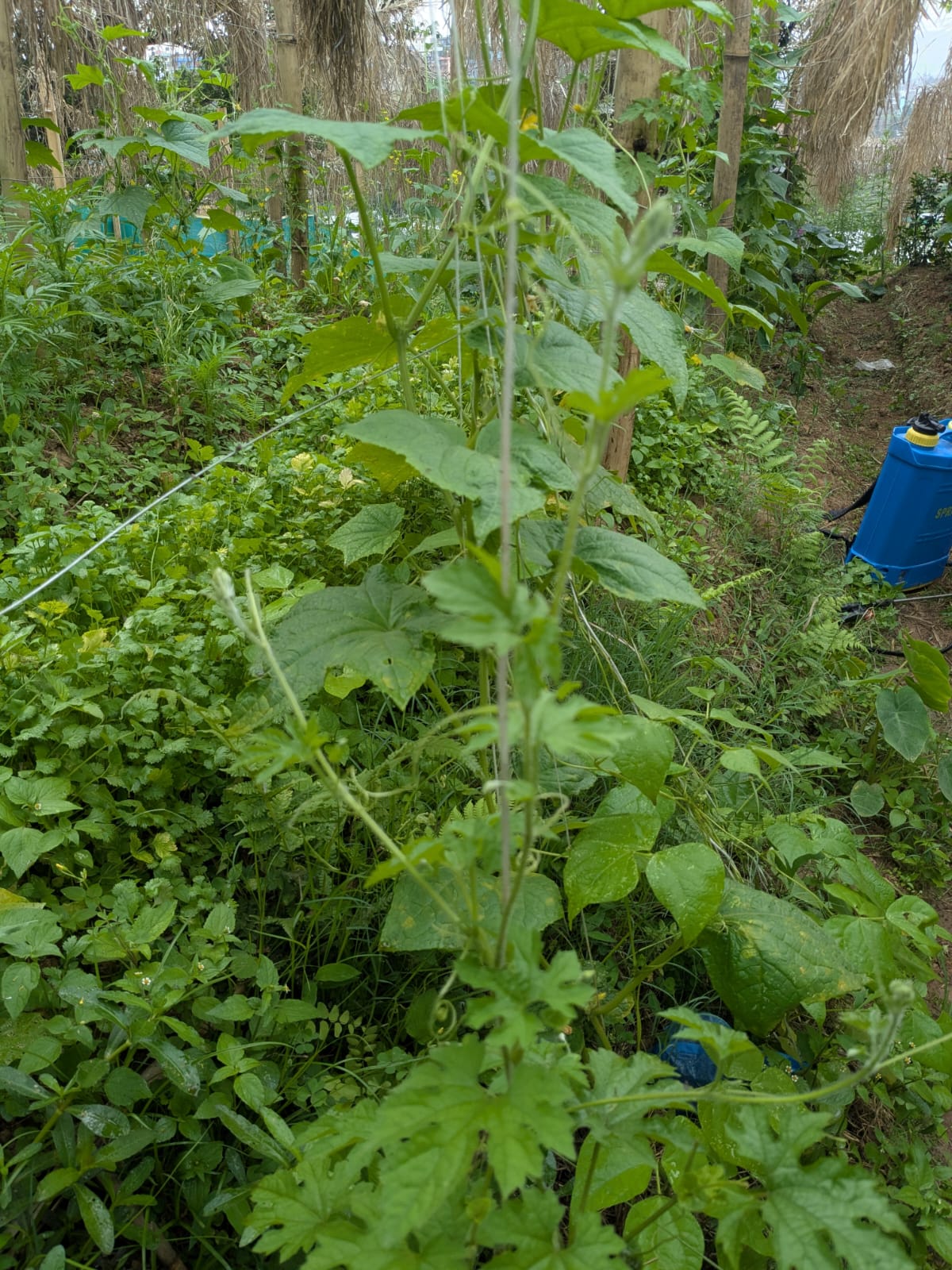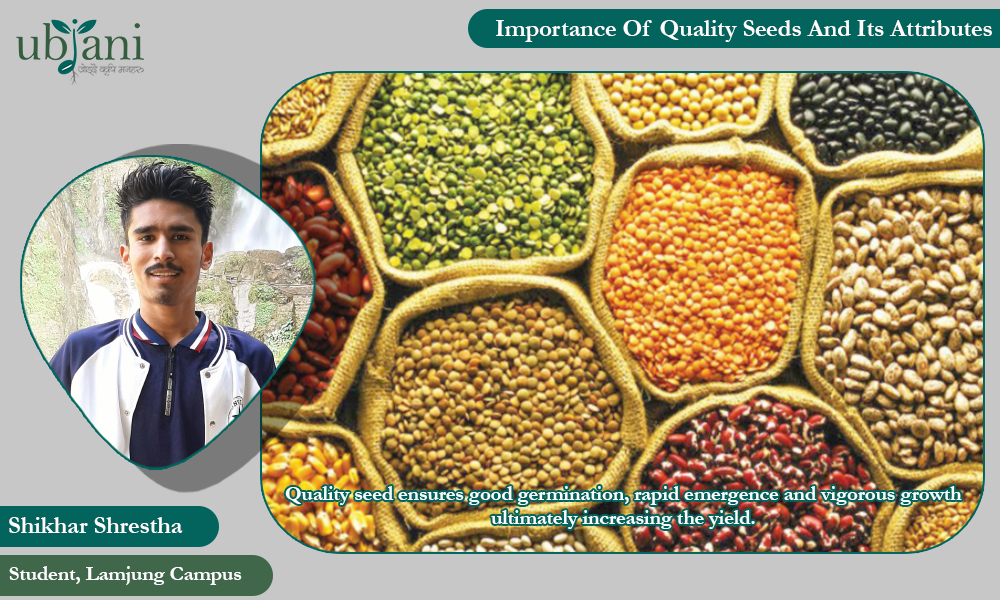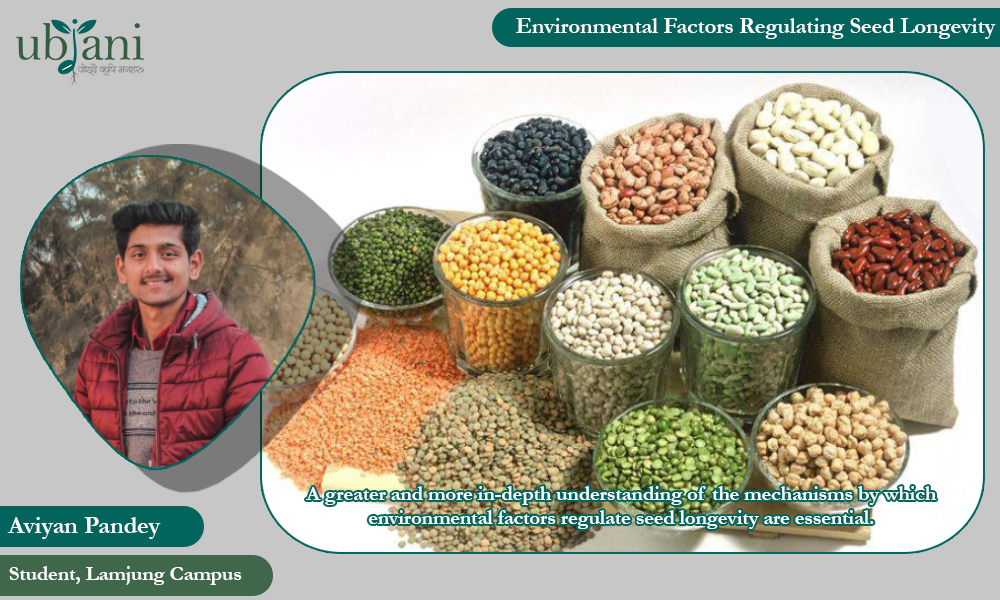
The seed constitutes the main component of plant propagation, and it is a critical development stage. It is uniquely prepared and stored to survive as viable regenerative organism until the time and place are right for new generations. Therefore, seed longevity plays a major role for the conservation of plant biodiversity during storage and ultimately for crop success. At the same time, it becomes vital to face the challenges linked to global climate change, and population growth.
There are a number of factors that contribute to life span of seed and understanding their mechanism has been a major challenge in plant science. Seed longevity depends on the range of factors that determine the type, and rate of deleterious conditions. Generally, low moisture content and low temperature during storage increases seed viability. So, the different combinations of moisture content and temperature can be used for the enhancement of seed longevity.
Moisture
The amount of moisture in the seeds is the most important factor that influences seed viability during storage. Generally, the storage life of seed decreases with increase in seed moisture content. But very low moisture content (<4%) may also damage seeds due to extreme dehydration. Since, the life of seed, and its span is a very much sensitive to its moisture content, it is necessary to dry seeds to safe moisture contents. However, safe moisture content depends upon storage length, storage structure, variety of seed, and type of packaging material used.
Temperature
This also plays an important role in longevity of seed, although it does not appear to be the most influencing one. Increase in temperature provides favorable environment for the growth of insects and moulds. The higher the moisture content of the seeds the more they are adversely affected by temperature. Decreasing temperature, and seed moisture is an effective means of maintaining seed quality during storage.
Relative Humidity
It is another important factor determining the storage life of seeds. Seed attains a rather specific and characteristics moisture content (equilibrium moisture content) when subjected to given levels of atmospheric humidity. Equilibrium moisture content for a particular kind of seed at given relative humidity tends to increase as temperature decreases. Thus, the maintenance of seed moisture content during seed germination and storage is a function of relative humidity and to a lesser extent of temperature.
Light
Low light intensity significantly increases seed dormancy level and shortens seed longevity although the basic mechanisms for these effects are largely unknown. The light-treated seeds maintain a higher germination percentage over a period than untreated seeds. Light treatment not only extends the life span of fresh seeds, but also increases the germination capacity and vigor of seeds.
Oxygen
First, it is important to know the physiological and biochemical processes that cause the decline in seed viability. So that we can optimize the storage procedures as per need to prolong seed longevity. Most crop seeds can be stored dry for a certain period, but during storage damage starts to accumulate. This damage is due to oxidation of membranes, proteins, DNA and mRNA. These biochemical deteriorations are driven by the partial pressure of oxygen. Slowing down these deteriorations can boost seed longevity.
Extending or maintaining the longevity of long-term stored seeds can help to achieve food security. A greater and more in-depth understanding of the mechanisms by which environmental factors regulate seed longevity are essential for continued agricultural productivity. Developing effective strategies, and further investigating the interactions between environmental factors, and the mechanisms by which seed deterioration occurs will surely prolong the seed longevity ensuring food security.





